Fermi

Enrico Fermi
Enrico Fermi was born in Rome, Italy, on September 29, 1901. In 1918 journeyed to the University of Pisa to study physics and mathematics. In1922 he received his doctorate at the tender age of 21. He served as a lecturer and research at a number of Italian universities; and, in 1927, he became professor of theoretical physics at the University of Rome.
In 1933, he developed the theory of beta decay, postulating that the newly-discovered neutron decaying to a proton emits an electron and a particle which he called a "neutrino". The theory developed to explain this interaction later resulted in recognition of the weak interaction force.
Experimentally, Fermi and his colleagues, during the early1930's, studied in detail the theory of neutrons; they bombardedmost of the elements in the periodic table with them. They slowed down the neutrons, and among other things, produced a strange new product when bombarding uranium with neutrons which later was recognized to be a splitting of the uranium atoms.
Fermi received the Nobel Prize in 1938 for "his discovery of new radioactive elements produced by neutron irradiation, and for the discovery of nuclear reactions brought about by slow neutrons." Fermi and his family used the opportunity offered by his trip to Sweden for the awards ceremonies to leave permanently because of their increasing concern about living under the Italian Fascist regime. They came to the United States where Fermi accepted a position as professor of physics at Columbia University.
From 1942 until his death in 1954, Fermi served on the faculty at the University of Chicago and continued his investigation of the nucleus of the atom, concentrating on the particles that make up the nucleus. Fermi came to the University of Chicago to be in charge of the first major step in making feasible the building of a bomb. In the squash courts under the west stand of the University's Stagg Field, Fermi supervised the design and assembly the world's first controlled nuclear reactor. Today, a plaque at the site reads: "On December 2, 1942, man achieved here the first self-sustaining chain reaction and thereby initiated the controlled release of nuclear energy." The success of that experiment would take him to Los Alamos as part of the Mahattan Project. He would continue that relationship with the laboratory throughout his tenure at the University of Chicago.
Fermi is recognized among physicists as one of the great scientists of the 20th century. Every college physics student sees his name in textbooks as a major contributor to important ideas, not just in nuclear physics, but in many aspects of physical science. He worked always at the forefront of knowledge, and loved the excitement of being involved in breakthroughs in physics.

